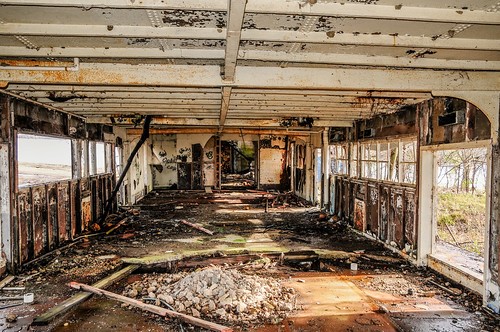Hurricanes and heavy rains can cause water damage to homes due to the flooding that accompanies such weather conditions. Flooding often causes a lot of damage, which is seen after the waters have receded. Mold growth is common after flooding. It takes place in both open and hidden areas, which puts the health of those living in the home at risk. Below are some of the dangers of mold in the home after it’s been swamped with water.
Table of Contents
Mold Poisoning
The mold that is found in damp areas of the home after flooding can be of different varieties. For example, black mold is poisonous and can cause severe reactions in people with chronic illnesses that affect their lungs. In most cases, children, as well as adults, may develop breathing difficulties due to mycotoxicosis that could put their health in danger.
Fungal Infections
When mold is present in high quantities at locations within the home, it can result in fungal infections. Prolonged exposure to mold makes it easier to become infected and experience various negative symptoms. If you suspect that you have a fungal infection due to exposure to mold, seek treatment immediately.
Flaring up of Allergies
People who have allergies are likely to experience severe irritation when they come into contact with mold. When you breathe in the spores of the mold, you are likely to experience a wide variety of symptoms, depending on the severity of the reaction. Some of the common indicators of exposure to black mold are wheezing, coughing, itchy eyes, watery eyes, stuffy nose and scaly skin.
Toxic Effects on the Respiratory System
Mold has spores that can carry toxins on their surface, which are quite dangerous when someone comes into contact with them. In some cases, the toxins alter the lungs and may require medical help to manage the reactions. However, there is no direct evidence that touching or inhaling mold can cause chronic diseases such as cancer or lung disease.
Tips on Preventing Post-flooding Mold Growth
Image via Flickr by MSMcarthy Photography
The dangers associated with the growth of mold in the home after flooding cannot be underestimated. For this reason, it is important to do your best to prevent it from growing indoors and outdoors. Some of the simple ways to reduce or eliminate mold growth are listed below.
- Always keep your home as dry as possible to reduce the chances of mold growing in open and hidden spaces. Drying of the different rooms should be done within the first 24-48 hours to prevent mold growth.
- Clear out any wet items in the house and store them outside to reduce dampness in the home, which is often a catalyst for mold growth. The area designated for storing the items should be dry so that they can be sorted out later and those in good condition salvaged.
- Hire an HVAC professional to help combat mold that has begun to grow on the walls and other surfaces in the home.
Overall, it is important to understand the hazards associated with post-flooding mold growth and do your best to prevent it from taking root in your home.

